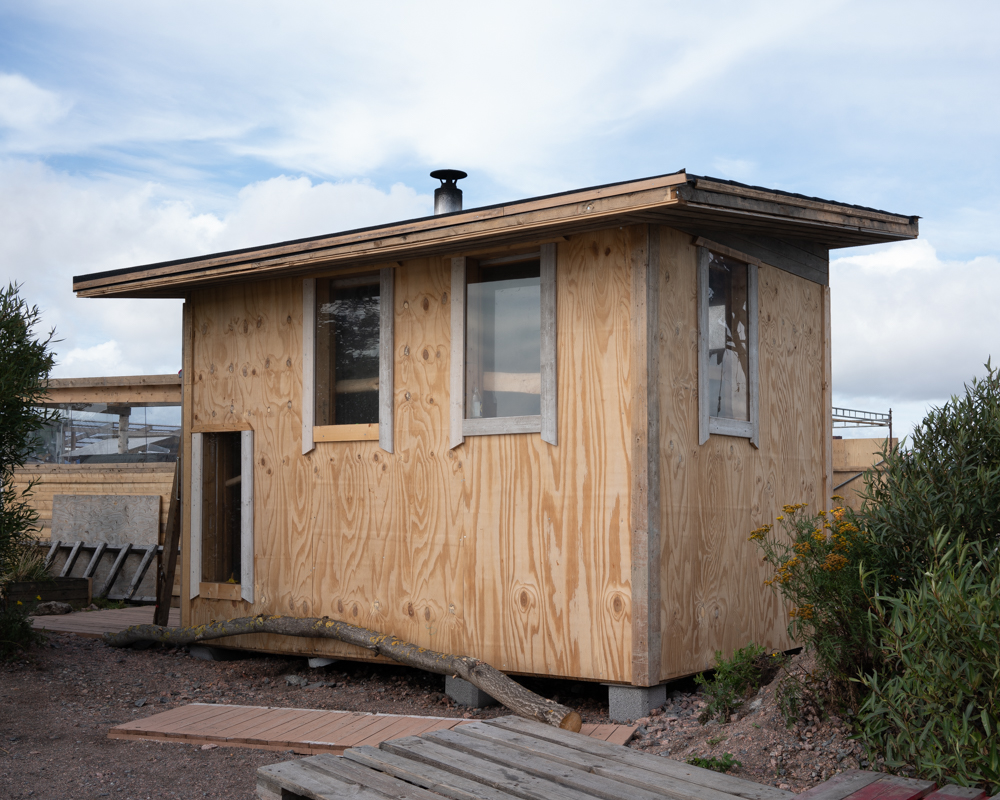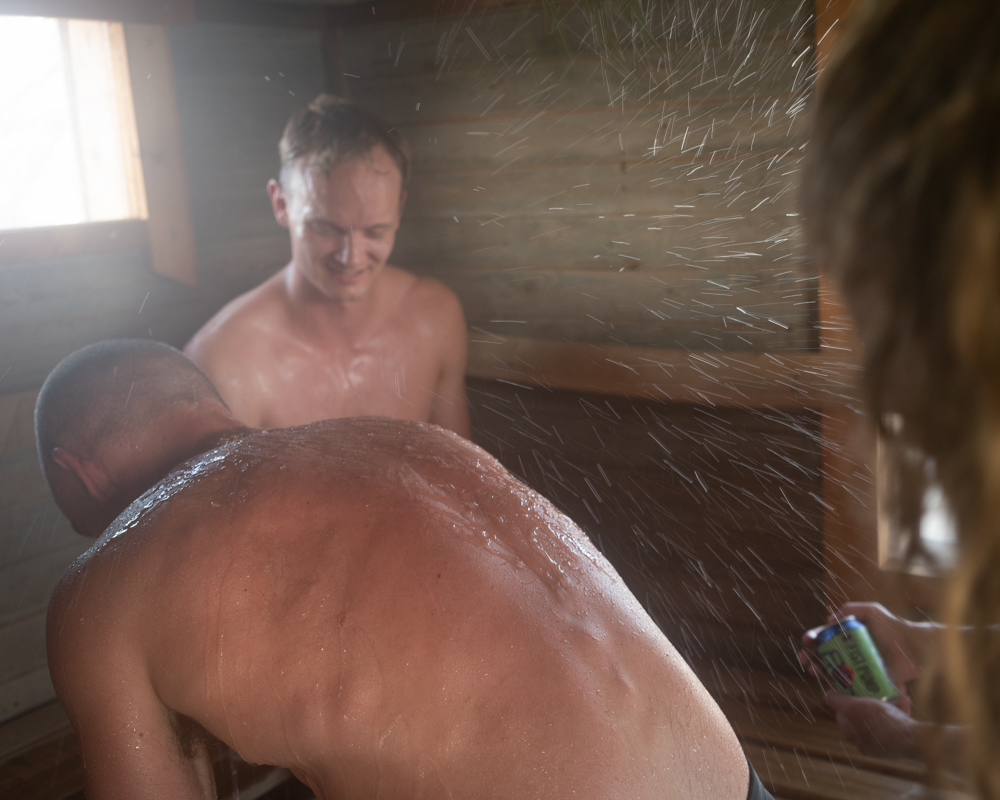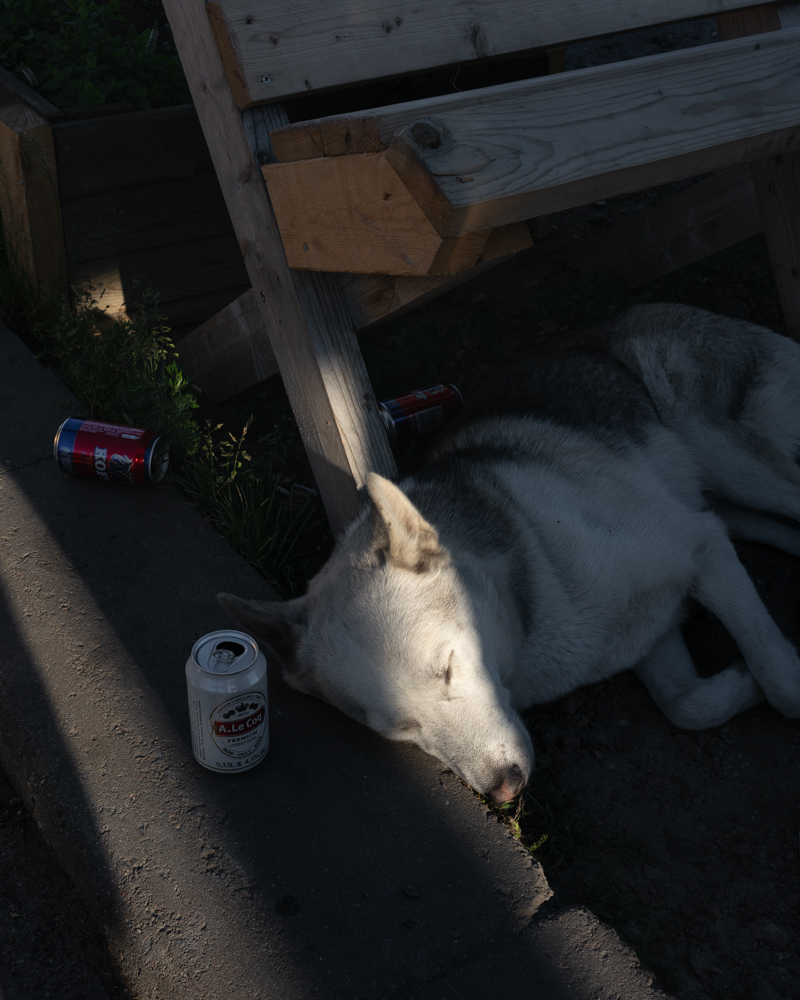Dylan Yarbrough: Sompasauna
Projects featured this week were selected from our most recent call-for-submissions. I was able to interview each of these individuals to gain further insight into the bodies of work they shared. Today, we are looking at the series Sompasauna by Dylan Yarbrough.
Dylan Yarbrough is an emerging contemporary photographer from Little Rock, Arkansas. He is currently earning his MFA in Photography at Columbia College Chicago and received his BFA at the University of Arkansas at Little Rock. Dylan works as a Curatorial Assistant at the Museum of Contemporary Photography. His work was recently exhibited and collected at the Center for Creative Photography. He recently completed the “Sompasanua” project as a fellow of the Stuart Abelson Graduate Research Grant. His first solo show recently debuted at the Arcade Gallery in Chicago. He was recently published in Aint-Bad Magazine Issue No. 14, Too Tired Project, and Oxford American Magazine.
Sompasauna
This ongoing photography project documents a community that gathers around a public sauna in Helsinki, Finland. The communal bathing space, known as Sompasauna, has been nestled between the urban wasteland of a former harbor and the Baltic Sea since 2011. Regardless of gender, race, class, nationality, or any other disposition, visitors are expected to coexist in peace. Unlike commercial saunas, Sompasauna relies on the effort of every visitor to fetch water, chop wood, make repairs, and clean up. The point is to literally bare all, enjoy the Finnish ritual of Löyly, be invigorated by cold water, and share life and ideas. Construction of luxury condos in the area is expected to expand and eventually threaten the existence of this place. Until then, Sompasauna inspires a diverse sub-culture of people who celebrate the notion of egalitarian bathing space. This body of work raises questions about place, community, trust, and larger expectations for well-being in society.
Daniel George: So, you’re from Little Rock, AR. What took you to Helsinki, and more specifically, prompted you to zero-in on this particular public sauna for this body of work?
Dylan Yarbrough: In 2019, I was awarded the Stuart Abelson Graduate Research Fellowship by the photography department at Columbia College Chicago. This fellowship encourages photographers to travel abroad, complete a photography project, and exhibit the work once completed. In my research, I came across the World Happiness Report published by the United Nations. This report claimed to index countries based on “happiness.” Finland, at the time, had won the title for the happiest country in the world. It’s now held this title for three consecutive years. I felt that this claim was fascinating, but also a bit absurd. I thought that it would be interesting to go to Finland, travel around the country like Robert Frank, meet people, and make photographs that investigated happiness.
However, once I arrived in Finland, the story unfolded in a completely different way. I traveled around for a few weeks before arriving in Helsinki. I made a friend who took me to experience a place called Sompasuana. I couldn’t believe how special this place was. A few days later, I continued on my journey and left Helsinki for about a week.
I couldn’t stop thinking about the place I had just experienced. I decided to follow my gut and return to Helsinki to see if a project were possible. To my surprise, I was fully welcomed into the community. People felt that Sompasuana needed to be documented. So, instead of doing a project about “happiness,” the project developed into a more specific look at sauna culture, self-care, community, and place.
DG: Viewing this in light of the current pandemic has me feeling somewhat nostalgic for collective gatherings. Since the project is ongoing, has your perception changed on the comprehensive them of community? If so, how?
DY: I think that both the pandemic and the project’s experience have given me a new perspective on the idea of community. I definitely share your longing to have gatherings again with the people that I love and respect. Fundamentally, humans need to have shared experiences with other humans. We need healthy relationships, families, colleagues, and communities for society to function. We are all surviving on this big rock together. The people that need community the most are often the most vulnerable among us. In this challenging time, I think we should all be thinking about how we best serve our community’s well-being, whether that be local or global.
DG: The first and last images in this sequence are interesting mirror opposites. One references new development, which you describe as a threat to this sauna, and the other alludes to the natural world and the individuals who frequent this place. What are your thoughts on that tension?
DY: Yes, I would agree that there is a tension between nature and the urban environment. One of the most visually striking things about Sompasuana is the clash between the Baltic Sea’s beautiful shore and the sprawling urban construction. The idea of tension was actually something that I thought a lot about while making this work. This place, in a way, has an almost utopian feel. But at the same time, the saunas are built haphazardly, the urban space is a bit odd, and nothing seems quite perfect.
DG: You were able to gain access to this space, and close proximity to the individuals your portraits. And it is certain that a high-degree of familiarity is necessary to complete a project of this nature. Since you mention it in your artist statement, I am curious about your insights on the topic of trust—perhaps as it relates to the representation of others through photography.
DY: I view this project as a shared experience. Some of the photographs do a good job of documenting the place and people. Some of the pictures are more about my experience, feelings, or perceptions. Some images capture a candid moment, some are more constructed. The relaxed, fluid, and transient nature of this place allowed me to loosen my picture-making strategy. My approach to photographing Sompasuna started by making genuine connections with people. Most of the time, my camera was put away in my bag while taking a sauna, swimming, or talking to people. To use the sauna, you are expected to help keep the place running, peaceful, and clean. I helped by chopping wood, fetching water, picking up trash, and cleaning the Saunas.
Naturally, people would be curious about what brought me to Finland. I would tell people that I was a photographer from Chicago, and I received a grant to travel and make a documentary project. If they seemed interested or excited about what I was doing, I would ask if they wanted to collaborate. Most of this project’s success should be credited to the friends that I made along the journey. I wouldn’t have even known that this place existed if a friend hadn’t invited me to go. Regular visitors of the sauna helped by introducing me to people, organizing times to photograph inside the sauna, helping me make sure people were comfortable with a camera being present, and even giving me a place to say.
Posts on Lenscratch may not be reproduced without the permission of the Lenscratch staff and the photographer.
Recommended
-
The Favorite Photograph You Took in 2025 Exhibition, Part 2January 1st, 2026
-
The Favorite Photography YOU Took in 2025 Exhibition, Part 3January 1st, 2026
-
The Favorite Photograph YOU Took in 2025, Part 4January 1st, 2026
-
The Favorite Photograph You Took in 2025 Exhibition, Part 5January 1st, 2026
-
The Favorite Photograph You Took in 2025, Part 6January 1st, 2026


































































